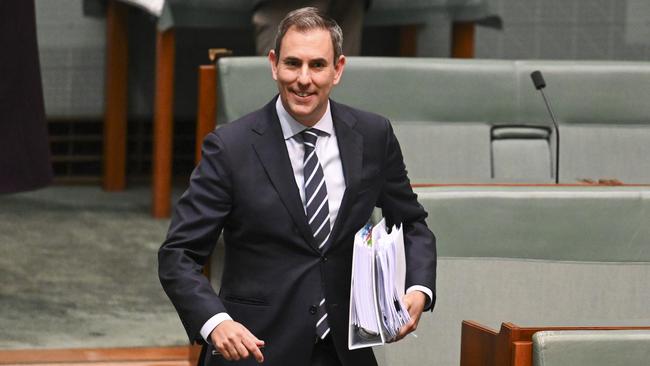Dual RBA board disappointment for Chalmers


That is probably a good thing.
The proposed changes require approval by parliament, and after months of effort by Jim Chalmers to get the numbers needed for the legislation to pass into law, the opposition LNP has said it won’t support the reform, fearing the board will be stacked with appointees loyal to the Labor government.
While there is nothing to support the idea that the Treasurer was preparing to appoint a group of former unionists, left-leaning academics or Labor faithful to join what is the most powerful board in the country, there is a political point to be scored, and the opposition is taking its shot.
Chalmers, who last week said the RBA was “smashing the economy” with high interest rates, might soon see his plans to “modernise” the bank scrapped.
Politics aside, there are good and reasonable arguments to support ditching of the reforms.
What has been lost in the rush to retool the RBA is that the existing single-board system isn’t broken. The board, as it stands, presided over nearly 30 years of uninterrupted economic growth before the pandemic and helped bring about a fall in the unemployment rate to its lowest level in close to 50 years.
The 30-year stretch includes massive shocks ranging from the Asian financial crisis in the late 1990s, the 2008-09 financial crisis and the pandemic. The mining boom in the 2000s also created policy challenges for the RBA.
Throughout all that, the RBA successfully raised and lowered interest rates to smooth out big swings in the nation’s fortunes.
The RBA board’s record of performance is stellar and recognised internationally. Leaders of the world’s other central banks have often paused to ask how the RBA achieved what it did.
It is true to say that the current board system isn’t perfect. It consists of the RBA governor, deputy governor, secretary of the Treasury and six outsiders that normally include senior business people, economists and academics.
Despite wielding enormous power through their ability to set interest rates, the non-government members of the board exist in relative anonymity.
They are appointed by the Treasurer but aren’t required to speak publicly on the economy, and their contributions at monetary policy meetings aren’t recorded in published minutes.
Their usefulness is in the business anecdotes they offer and their leadership abilities, which have been greatly valued by governors over the decades in times of crisis.
Yet when approached by reporters to comment on the economic debate, most of them won’t pick up the phone.
For that reason alone, most observers of the RBA will argue that the board system demands greater transparency.
There is something to be said for those arguments, but the board’s performance through successive historical shocks has been exemplary.
There is a real and hard-to-define method in the madness of the current system, and perhaps it should be left alone.
The new system would bring a higher level of economic prowess, while individual external members would be subjected to increased scrutiny.
That might be welcomed until it muddies the policy debate and fuels confusion in international money markets about the RBA’s goals.
Former RBA governor Ian Macfarlane has argued correctly that sitting governors will be badly outnumbered around the board table, raising the risk that the central bank appears indecisive at crucial moments.
When asked to remark on the proposed changes to the RBA, former governor Philip Lowe said they would improve the working of the bank “at the margin”.
If the board changes are defeated in parliament, the cost to Australia won’t be significant.
Dow Jones Newswires





Government plans to reform the Reserve Bank by introducing a dual-board system – one for setting interest rates, the other for day-to-day governance – have stalled and are in danger of being tossed out entirely.